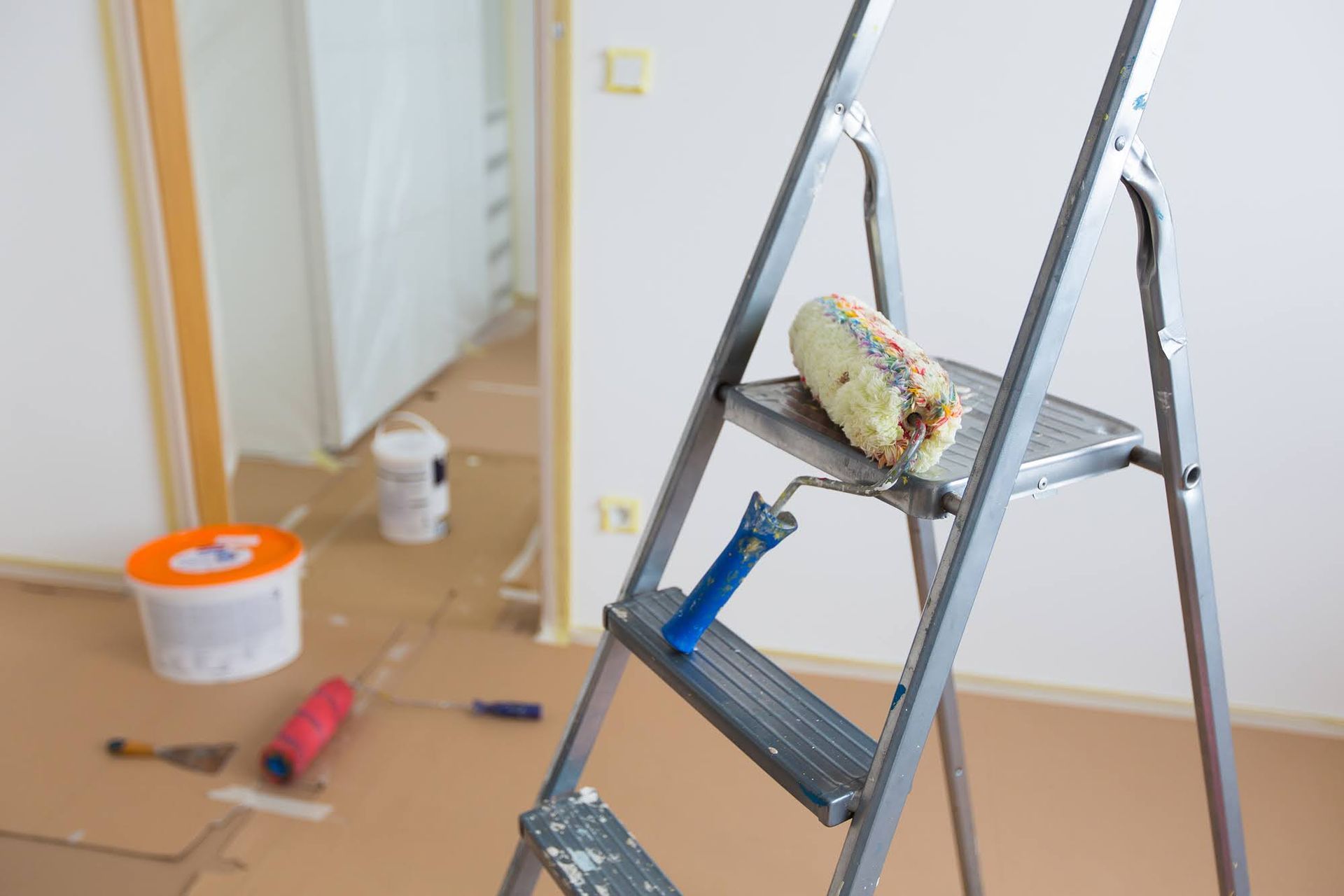Why You Should Consider Adding Onto Your Home
As property values soar and families grow, the idea of moving can become daunting financially and emotionally. Instead of packing up and relocating, many homeowners are discovering the myriad benefits of a home addition. Whether you're craving more space, a modern update or increased property value, a home addition could be the ideal solution.
The Benefits Of A Home Addition
Adding onto your existing home comes with numerous advantages that make it an attractive option for homeowners. First and foremost, it provides additional space tailored to your specific needs. Whether you’re adding an extra bedroom for a growing family, creating a serene home office or establishing an entertainment hub for social gatherings, a home addition allows you to expand your living area without the hassle of moving.
Moreover, home additions can significantly increase the value of your property. By investing in an extension or extra room, you’re enhancing your lifestyle and boosting the market appeal of your home. A well-designed addition can seamlessly integrate with your existing structure, providing aesthetic continuity while offering functional benefits.
Adding Onto Very Old Homes
Old homes can accommodate additions with careful planning and expert craftsmanship. A skilled architect or builder can design an addition that respects the original architecture while providing modern conveniences.
It’s crucial to ensure that any addition complements the style and period of your existing home. This might involve sourcing materials that match or mimic original elements or employing construction techniques that preserve historical integrity. With respect to local heritage regulations and guidelines, adding to an older home can breathe new life into it without compromising its unique character.
Types Of Home Additions
When considering a home addition, you'll find there are several types to choose from depending on your needs and budget. One popular option is a room addition, which involves expanding the footprint of your house by adding one or more rooms. This could be anything from an extra bedroom to a sunroom or even an expansive family lounge.
Another option is building upwards by adding a second storey. This type of addition is particularly effective for properties with limited land space but comes with its own set of challenges such as structural reinforcement and potential zoning restrictions.
For those seeking less extensive modifications, converting existing spaces—like attics or basements—into livable areas can also be a practical alternative to traditional additions. These renovations maximise underused space without altering the external footprint of your home.
Are Home Additions Cost-Effective?
The cost-effectiveness of a home addition depends on various factors including the size of the project, materials used and the scope of work involved. While it’s true that adding onto your home represents a significant investment upfront, it often yields long-term financial benefits through increased property value.
Moreover, compared to purchasing a new house—which comes with additional costs such as stamp duty and relocation expenses—a well-executed home addition can be more economically sensible. It allows you to enhance your current living situation while avoiding disruption associated with moving house.
To ensure cost-effectiveness, it’s essential to work closely with professionals who can provide accurate estimates and guide you through budgeting considerations. Proper planning will help avoid unexpected expenses during construction and ensure you get the best return on investment.
Customising Your Home Addition
One major advantage of opting for a home addition over buying new is the ability to customise every detail according to personal preferences and lifestyle requirements. Unlike pre-built homes where compromises are often necessary due to existing layouts or designs, an addition gives you control over floor plans, finishes, fixtures—all tailored specifically for you.
Whether you're dreaming up custom cabinetry for added storage in your kitchen extension or envisioning large windows in your newly constructed sunroom for abundant natural light—your imagination sets no bounds when it comes to customisation.
Adding on to your home helps you customise your space the way you and your family desire. Explore home additions with our team of specialists at Enhance Building today.


Our Locations
Contact Information
Mobile: 0409 749 127
Office Number: 02 8091 1222
Email: enquiries@enhancebuilding.com.au
Address: Kogarah NSW 2217
ABN: 78376022820
Building Licence Number: 113762C

